As housing risks evolve, so do the insurance policies homeowners need to stay protected. Future buyers may be surprised by the odd types of coverage that could become mandatory. From climate threats to AI mishaps, traditional policies may not be enough anymore. Understanding what is coming can help homeowners prepare for unexpected requirements — and costs.
1. Climate Migration Insurance
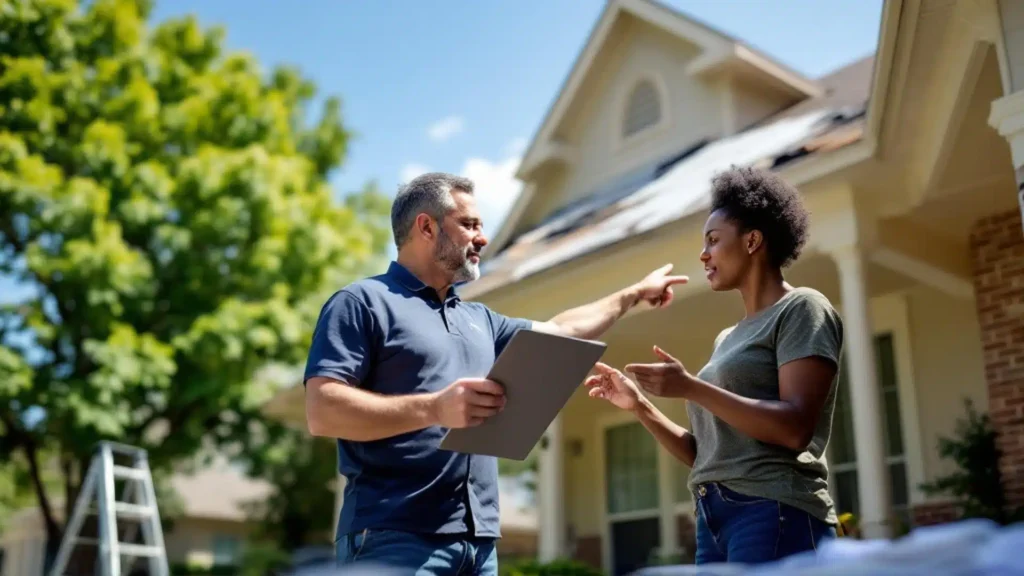
According to The New York Times, insurance companies are already preparing for mass climate migration events. Homeowners may need new policies covering forced relocations due to wildfires, flooding, or droughts. These plans could help pay for moving expenses and property losses outside traditional disaster zones. Standard coverage may not recognize climate displacement as an insurable event.
Changing weather patterns are pushing insurers to rethink boundaries. Areas once considered safe are now high-risk zones. Premiums could soar overnight. Homeowners will need backup plans beyond flood or fire insurance.
2. AI Liability Insurance

Forbes reports that AI tools used in smart homes could soon require separate liability coverage. If a home’s AI system causes damage — like mismanaging heating, alarms, or locks — owners could be held responsible. Traditional homeowners policies do not usually cover tech malfunctions. New insurance products will fill this expensive gap.
Smart devices are becoming deeply embedded in daily living. A single error could lead to costly repairs or injuries. Insurers will demand protection against the unseen risks. Owners of high-tech homes will have no choice.
3. Personal Drone Insurance

According to the Insurance Information Institute, personal drones used for home security or deliveries could trigger new coverage demands. Crashes, privacy invasions, or property damage from drones are not automatically included in regular policies. Future homeowners may need specific endorsements or entirely separate drone insurance. Legal regulations around drones are tightening fast.
Drone usage around homes is expected to explode. Without proper coverage, minor accidents could lead to major lawsuits. Even hobbyist pilots face growing risks. Comprehensive protection will become the norm.
4. Wildfire Smoke Damage Insurance

As stated by National General, many standard policies still do not cover smoke damage unless flames physically touch the property. Homeowners may soon need separate policies covering damages from smoke infiltration alone. Long-term exposure to wildfire smoke can destroy HVAC systems, furniture, and electronics. Insurers are adjusting to this new reality with specialty add-ons.
Wildfires are no longer rare events limited to remote areas. Suburban neighborhoods are increasingly at risk. Smoke damage can render homes unlivable without burning them down. Homeowners will have to buy separate protection just for the air around them.
5. Sinkhole Insurance
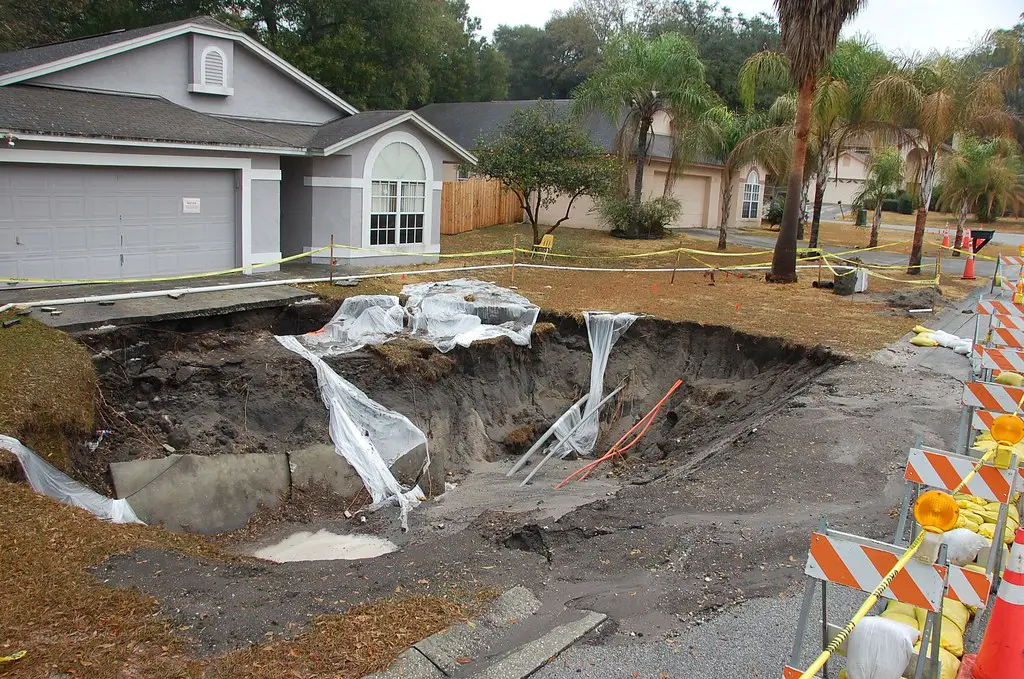
As extreme weather alters groundwater patterns, sinkholes are appearing in unexpected places. Standard policies often exclude earth movement unless riders are purchased. Future homeowners in even traditionally stable areas may need mandatory sinkhole coverage. Without it, repair costs can reach catastrophic levels.
Entire homes can vanish in minutes from ground collapse. Recovering losses without insurance is nearly impossible. Some states are already pushing for required sinkhole policies. New maps will define emerging danger zones.
6. Solar Panel Malfunction Insurance
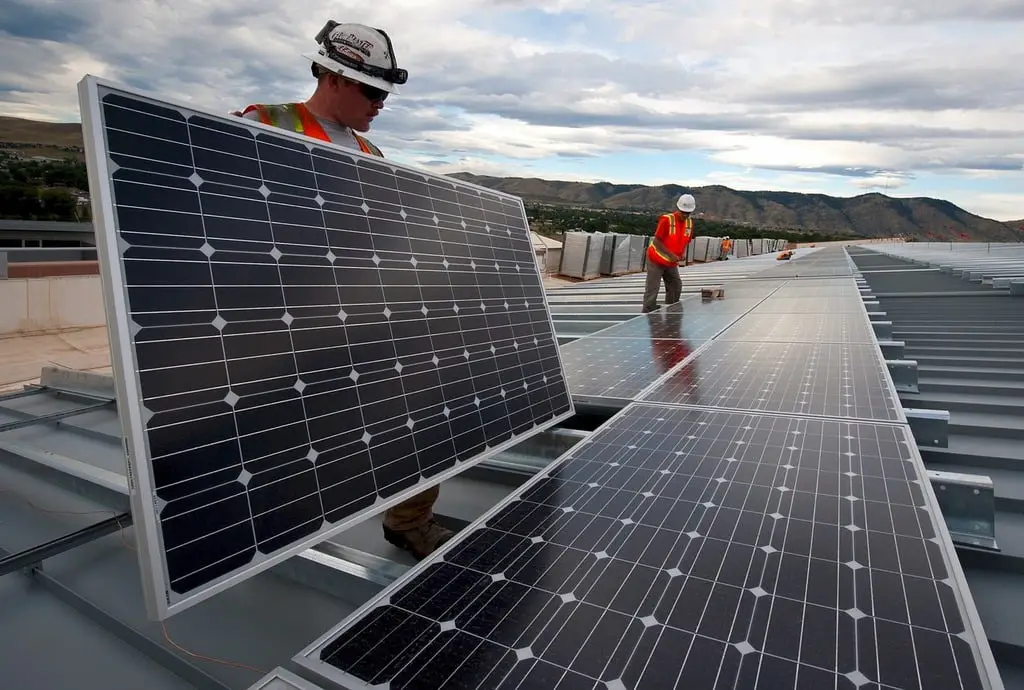
The push toward solar energy will drive new insurance requirements. Damage caused by malfunctioning panels, faulty batteries, or installation errors might not be fully covered otherwise. Specialized policies will protect homeowners from electrical fires and water damage linked to green energy systems. Standard plans are struggling to keep pace with technological risks.
Home solar adoption is booming nationwide. Improper installation can turn eco-friendly upgrades into hazards. Lenders may soon require additional solar insurance before approving loans. Sustainability carries hidden costs.
7. Foundation Shift Insurance
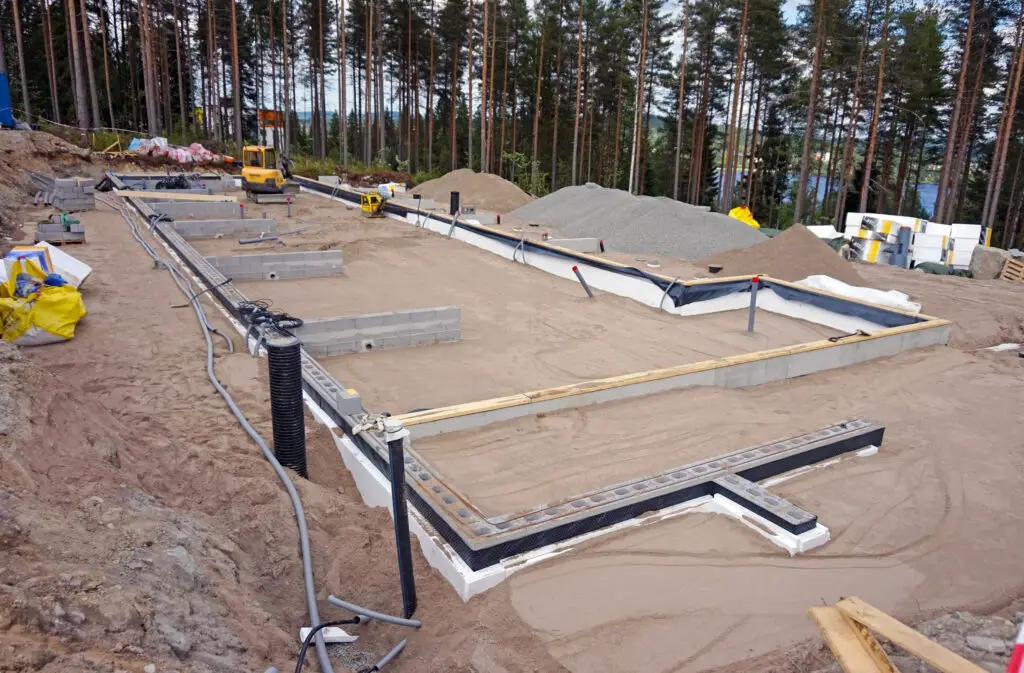
As soil dries, floods, and freezes more unpredictably, foundation damage is expected to surge. Current insurance often excludes slow-moving foundation shifts. New standalone coverage could become standard in volatile climates. Repairs frequently cost more than $30,000 without help.
Tiny cracks can hint at massive structural failures underneath. Home inspections cannot always catch soil instability. Insurance riders will close this dangerous gap. Buyers will need to budget for it early.
8. Home Cybersecurity Insurance

Hacking a smart home could expose everything from finances to security codes. Cybersecurity coverage for homes is already available, but will likely become a standard requirement soon. These policies cover breaches, ransomware attacks, and tech sabotage. In an increasingly connected world, insurance against virtual break-ins will be mandatory.
Smart thermostats, locks, and cameras create new vulnerabilities. Personal data theft can escalate into physical danger quickly. Homeowners cannot rely solely on firewalls anymore. Specialized cyber protection will be unavoidable.
9. Environmental Contamination Insurance

Homeowners near industrial zones or old landfill sites face growing risks of soil or water contamination. Basic homeowner policies rarely address pollution-related health or property damages. New regulations will likely force buyers in certain regions to carry contamination riders. Cleanup costs can cripple uninsured households.
Toxins do not stay buried forever. Leaks can quietly poison wells, basements, and gardens. Insurance products will expand to manage these invisible threats. Ignoring contamination coverage could be financially ruinous.
10. High Wind Damage Insurance
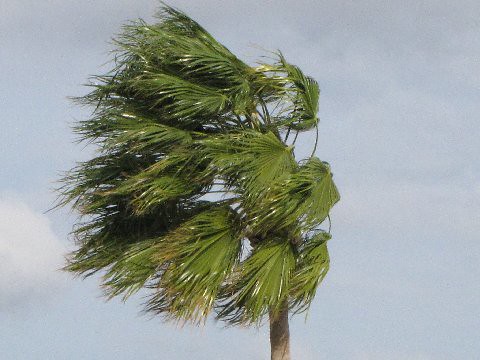
Tornadoes and inland hurricanes are striking in unexpected regions. Areas once considered safe from high winds will likely face new insurance mandates. Traditional coverage often caps wind damage payouts or excludes debris removal. Separate high-wind policies will close these loopholes.
Wind speeds are increasing across the country. Roofs, windows, and siding are particularly vulnerable. Insurers are adjusting their models rapidly. New buyers will face higher costs tied directly to local wind risk.
11. Urban Heat Island Insurance

City homes experience much higher temperatures than surrounding rural areas, a phenomenon known as the urban heat island effect. Excess heat can strain plumbing, foundations, and HVAC systems beyond normal limits. Future policies may require special coverage against damage caused by extreme urban temperatures. Insurers already model this factor in some property assessments.
Pavement and steel amplify natural heat cycles. Infrastructure cannot always keep up. Heat-driven damage will no longer be considered rare. Insurance plans will reflect the new normal.
12. Home Office Liability Insurance

Remote work has turned kitchens, bedrooms, and basements into legal workspaces. Injuries, client interactions, or data breaches tied to home-based work might not be covered under personal policies. Separate business liability coverage will likely become mandatory for many home offices. Even side hustles can trigger complex insurance needs.
Blurred lines between work and home create liability confusion. Traditional homeowner policies assume personal, not professional, use. Future buyers may face new insurance demands at closing. Entrepreneurship carries hidden coverage gaps.
13. Earthquake Endorsements Outside Fault Zones
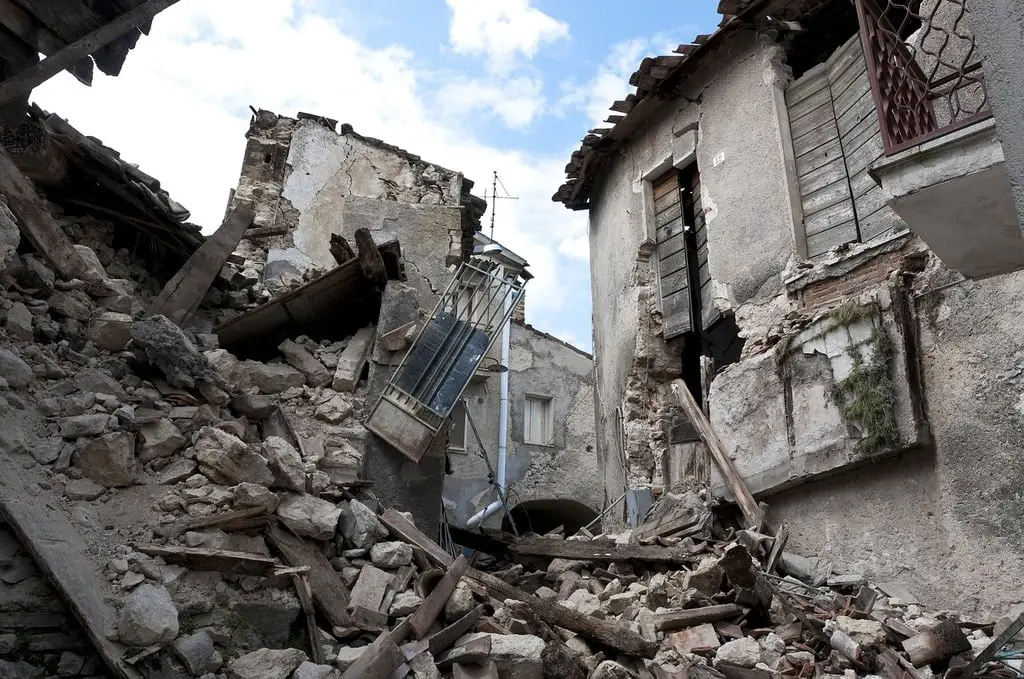
Minor earthquakes are happening in areas previously thought safe, largely due to fracking and groundwater shifts. Standard policies exclude earthquake damage unless specifically added. As small quakes spread, more homeowners will be forced to carry earthquake riders. Repairing cracked foundations and walls without help is financially devastating.
Even a mild tremor can destroy critical infrastructure. Insurance costs will rise as new zones emerge. Future-proofing homes requires seismic protection. No region will be automatically exempt.
14. AI-Driven Risk Assessment Penalties

Insurers are beginning to use AI to analyze everything from home maintenance history to risk factors invisible to human inspectors. Fine-grained AI assessments could mandate customized coverage based on seemingly minor issues. Homeowners will no longer fit into broad, standardized risk pools. Insurance pricing and requirements will become hyper-personalized.
Cracked driveways, missing shingles, or old wiring could trigger expensive new policy conditions. Homeowners will need to manage maintenance more proactively. AI algorithms reward diligence — and punish neglect. Future policies will be unforgiving.
